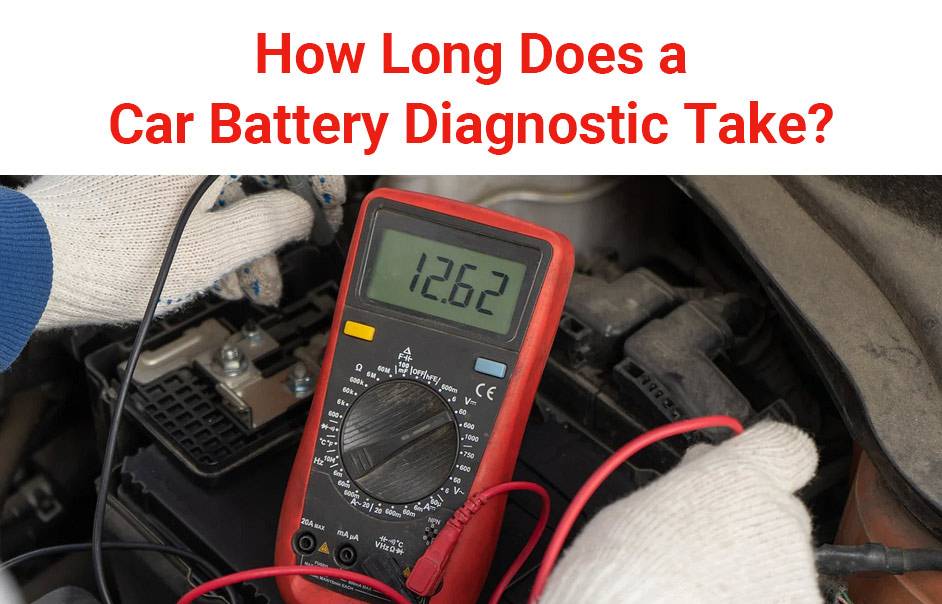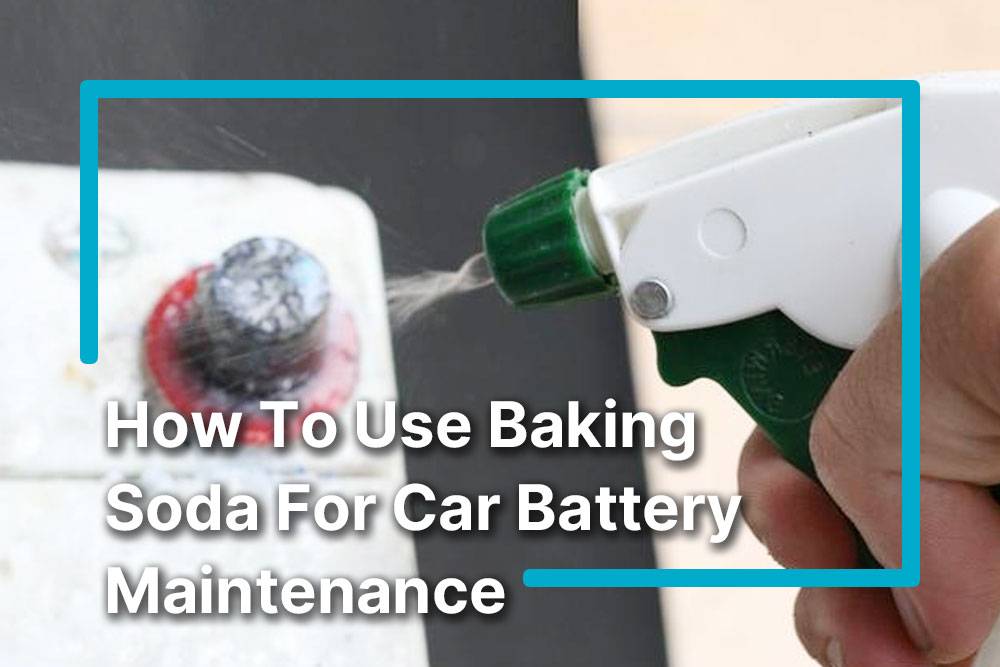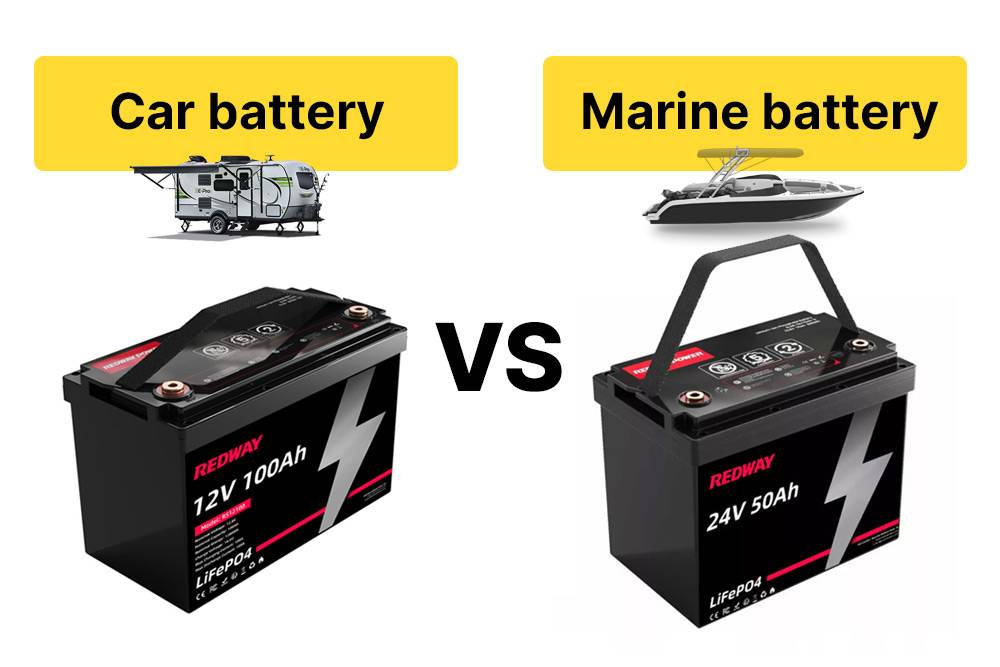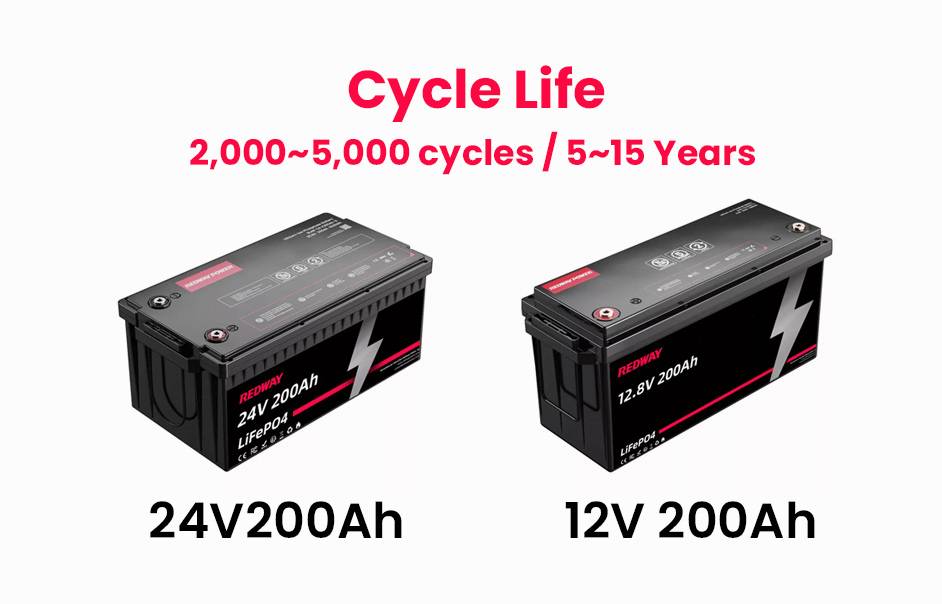Your car battery is more than just a power source; it’s what keeps your vehicle running smoothly. Regular diagnostics are vital to prevent unexpected breakdowns and ensure your battery’s health. In this blog post, we’ll explore car battery diagnostics, from necessary tools to common issues, so you can keep your vehicle charged and ready to go!
Why Would You Need a Car Battery Diagnostic?
Your car battery is essential for powering your vehicle’s electrical systems, so it’s crucial to ensure it’s in good condition. Let’s explore reasons why you might need a car battery diagnostic:
- Starting Issues: If you’re having trouble starting your vehicle and hear silence or weak cranking sounds, it could signal a low or dead battery.
- Dimming/Flickering Lights: Dimming headlights or flickering interior lights while driving may indicate insufficient power from the battery.
- Weather Effects: Extreme temperatures, both hot and cold, can impact battery performance, leading to quicker depletion or shortened lifespan.
Regular diagnostics help catch potential issues early, preventing unexpected breakdowns. In the next section, we’ll cover the tools and equipment needed for a thorough battery diagnostic, empowering you to maintain your vehicle with confidence.
How can I tell if a battery is about to die?
Here are some subtle signals that may indicate your car’s battery is about to die:
1. Watch for flickering headlights when the car is idling. If the headlights do not provide a solid, steady beam when you start the engine, it could be a sign of battery or electrical issues.
2. Look out for electronic glitches such as a window hesitating before rolling down, a flickering cabin light, or the car forgetting Bluetooth settings. These minor issues could be early signs of a failing battery or electrical problems.
3. Pay attention to the engine start – if it sounds different than usual or if you notice a slight pause before the engine turns over, it might be time to have the battery tested.
4. Weak batteries struggle in cold weather, so if your engine is slow to start on cold mornings or nights, it could be an indication of a dying battery.
5. If you experience roughness or glitches in the car’s performance that seem to improve once you’ve been driving for a while, it could mean that the alternator is compensating for a weak battery. This situation indicates that the battery is not effectively supporting the car’s electronics.
How can I test a car battery with a hydrometer?
To test a car battery using a hydrometer, begin by locating the top vent caps of the battery. These can usually be opened using a flat-head screwdriver. It is important to note that if you have an AGM (Absorbent Glass Mat) or a sealed, maintenance-free battery, you cannot use a hydrometer for testing. Attempting to open AGM batteries can be harmful and should be avoided.
A hydrometer provides a way to determine the approximate state of charge of your battery. It is important to remember that while this helps gauge the charge status, it does not provide information on the overall health of the battery.
Before taking a reading with the hydrometer, it is recommended to remove any surface charge by using the headlight trick or letting the battery sit for a short period. After this, open the vent caps and carefully insert the hydrometer’s nozzle into the battery’s electrolyte solution.
Squeeze the bulb of the hydrometer to draw a sample of the electrolyte into the hydrometer’s scale. Once you have the sample, compare the specific gravity readings on the hydrometer to a chart that indicates the state of charge based on specific gravity levels. This comparison will give you a rough estimate of the battery’s charge status:
– 1.300 specific gravity equals 100% charge
– 1.255 specific gravity equals 75% charge
– 1.215 specific gravity equals 50% charge
– 1.180 specific gravity equals 25% charge
– 1.160 specific gravity equals 0% charge
By following these steps and comparing the readings with the specific gravity chart, you can effectively test your car battery using a hydrometer.
What Tools and Equipment are Required for a Battery Diagnostic?
For a successful car battery diagnostic, having the right tools is essential. Here’s a list of tools you’ll need:
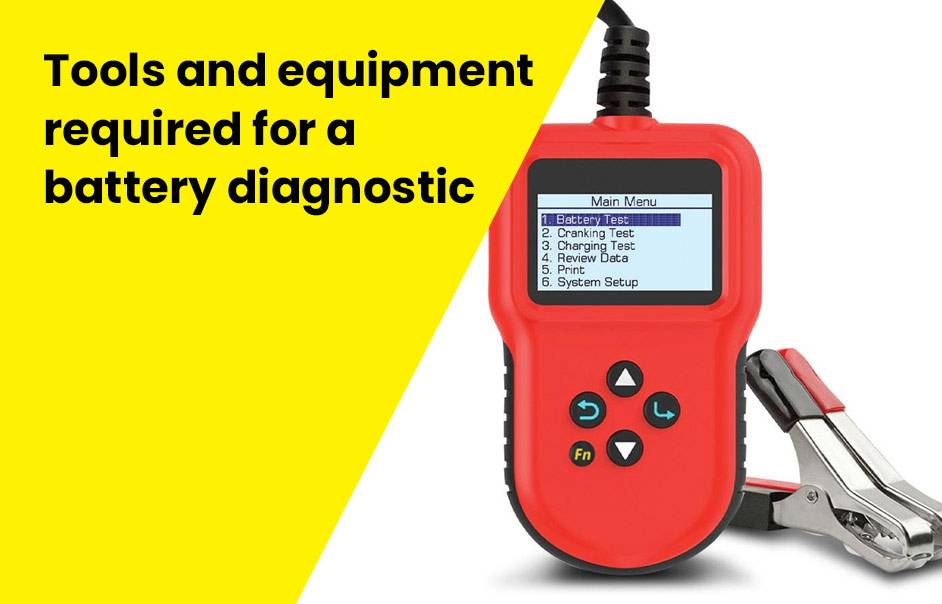
- Multimeter: Measures voltage, current, and resistance to test the battery’s output.
- Battery Load Tester: Applies a load to measure the battery’s capacity under real conditions.
- Battery Terminal Cleaner: Removes corrosion buildup from terminals, ensuring proper power delivery.
- Safety Gloves and Eye Protection: Protects against chemical exposure and electrical hazards.
- Battery Charger or Jump Starter: Useful for recharging or jump-starting the battery if needed.
These tools ensure efficient and accurate diagnostics, helping you troubleshoot any battery issues effectively.
How to Conduct a Battery Diagnostic Step-by-Step?
Conducting a battery diagnostic for your car involves following a systematic approach to ensure accurate results. Here’s a step-by-step guide:
- Gather Tools and Safety Gear: Collect safety goggles, gloves, a voltmeter or multimeter, and a wire brush for cleaning corrosion.
- Inspect the Battery: Check for damage like leaks or bulges. If any are found, consider seeking professional help.
- Clean Terminals: Use a wire brush and baking soda solution to clean corrosion from battery terminals for better contact.
- Check Resting Voltage: Measure the battery’s voltage while the engine is off. A healthy battery should show around 12-12.6 volts.
- Test Under Load: Start the vehicle and monitor the voltage. A proper alternator charge should show an increase in voltage.
Following these steps ensures a thorough assessment of your car battery’s health, helping you identify any potential issues accurately.
What Are Common Issues Found During Diagnostics and Their Solutions?
During a car battery diagnostic, it’s crucial to recognize common issues that could affect your vehicle’s performance. Here’s a breakdown of these issues and their solutions:
- Corrosion: Clean battery terminals with baking soda and water or a terminal cleaner to restore proper electrical flow.
- Low Electrolyte Levels: Add distilled water if fluid levels are low to maintain battery capacity.
- Dead Cells: Unfortunately, dead cells require battery replacement as there are no DIY fixes.
- Overcharging: Address faulty charging systems or improper maintenance practices to prevent heat damage to the battery.
- Old Age: If the battery is beyond its lifespan, consider replacing it to avoid unexpected breakdowns.
By identifying and addressing these issues promptly, you can ensure optimal battery performance and avoid potential breakdowns.
How Long Does a Typical Battery Diagnostic Take?
Car owners often wonder about the duration of a battery diagnostic when they take their vehicle for maintenance. The time required can vary based on factors like the issue’s complexity and the technician’s expertise.
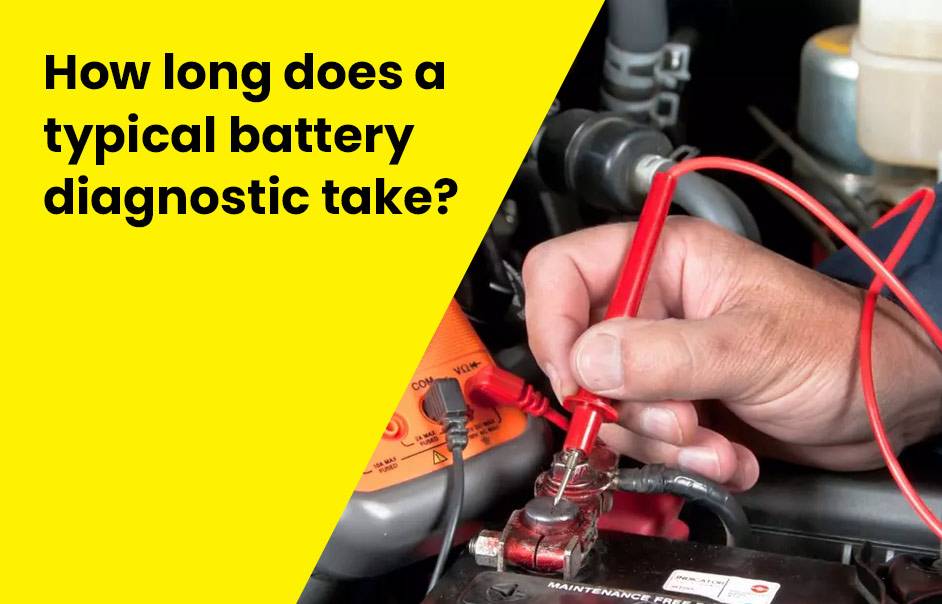
The duration of a car battery diagnostic can vary depending on several factors, including the specific diagnostic method used, the complexity of the issue, and the equipment available. Here are some general guidelines:
- Visual Inspection: A quick visual inspection of the battery terminals, cables, and overall condition can take just a few minutes. This involves checking for signs of corrosion, loose connections, or physical damage. It takes around 3 to 5 minutes.
- Voltage Test: Testing the battery’s voltage using a multimeter typically takes around 5 to 10 minutes. The technician measures the voltage at rest (when the car is off) and while the engine is running.
- Load Test: A load test involves applying a simulated load to the battery to assess its capacity. This test can take 15 to 30 minutes. It helps determine if the battery can deliver sufficient power under load conditions.
- Electrolyte Specific Gravity Test: For traditional lead-acid batteries, measuring the specific gravity of the electrolyte can take a bit longer. This test requires opening the battery cells and using a hydrometer. It may take 20 to 30 minutes.
- Computerized Diagnostic Tools: Modern vehicles often have onboard diagnostic systems that can perform comprehensive battery tests. Connecting to these systems using specialized diagnostic tools can take 30 minutes to an hour.
- Charging and Re-Testing: If the battery is low on charge, it may need recharging before accurate testing. Charging time varies based on the charger used but can take several hours. After charging, additional testing time is needed.
- Overall Time: In total, a thorough battery diagnostic can range from 30 minutes to a few hours, depending on the steps involved and any necessary repairs.
Remember that regular battery maintenance and timely diagnostics can help prevent unexpected breakdowns and extend the life of your car battery. If you suspect battery issues, it’s best to consult a professional mechanic or visit an auto service center for a proper assessment.
How can you jump-start your car with a handheld jump-starter battery?
To jump-start your car using a handheld jump-starter battery, follow these steps:
1. Ensure the jump starter battery is fully charged before use.
2. Park the jump starter battery-equipped vehicle close enough to the car battery that needs a boost, but ensuring both vehicles are not touching.
3. Turn off all electrical components of both vehicles, such as headlights and the radio.
4. Connect the red (positive) clamp of the jump starter battery to the positive terminal of the dead car battery.
5. Connect the black (negative) clamp of the jump starter battery to a metal surface away from the battery in the dead car. This ensures a safe ground connection.
6. Start the vehicle with the jump starter battery and let it run for a few minutes to charge the dead battery.
7. Attempt to start the car with the dead battery. If it starts, let both vehicles run for a few minutes to further charge the dead battery.
8. Disconnect the jump starter battery clamps in the reverse order they were connected.
9. Drive the recently started car to recharge the battery fully.
Remember to always refer to the specific instructions provided by the jump starter battery manufacturer to ensure safe and proper use.
What is the significance of cold cranking amps in a car battery?
The cold cranking amps (CCA) rating of a car battery holds significant importance in determining its performance and reliability. CCA refers to the measurement of a battery’s capability to provide sufficient power to start the engine, particularly in cold weather conditions. When temperatures drop below freezing, the ability of a battery to deliver power efficiently diminishes, making the CCA rating crucial for ensuring reliable engine startups in harsh winter climates.
By looking at the CCA rating indicated on a battery’s label, car owners can identify the minimum power output required for their specific vehicle model to initiate engine ignition successfully. It is essential to choose a battery with a CCA rating equal or higher than what is recommended for the vehicle to avoid potential starting issues, especially in cold weather.
Furthermore, regular testing of a car battery’s CCA can provide valuable insights into its overall health and performance. A battery with a high CCA rating relative to its label in optimal conditions indicates good functionality. However, as a battery ages or deteriorates, its ability to deliver the necessary power decreases, leading to a decline in CCA performance. This reduction in CCA can be an early warning sign of a failing battery that may struggle to start the engine, particularly in colder temperatures.
In essence, the significance of cold cranking amps lies in its role as a critical indicator of a car battery’s ability to provide the required power for engine starting, especially in adverse weather conditions. Monitoring and ensuring the appropriate CCA rating for a vehicle can help prevent unexpected battery failures and ensure reliable performance when starting the car.
What Are Tips for Maintaining a Healthy Car Battery?
Keeping your car battery in good condition is essential for optimal vehicle performance. Here are some practical tips to help you maintain a healthy car battery:
- Regular Inspection: Check your battery frequently for corrosion, loose connections, or damage, and address any issues promptly to prevent further damage.
- Terminal Cleaning: Clean the battery terminals regularly with a mixture of baking soda and water to ensure proper electrical conductivity and prevent corrosion buildup.
- Charging: Keep your battery charged, especially if your vehicle sits idle for extended periods, using a trickle charger to avoid complete discharge.
- Minimize Drain: Turn off lights and electronics when the engine is off to prevent excessive drain on the battery, which can shorten its lifespan.
- Temperature Control: Park in shaded areas during hot weather and use block heaters in freezing temperatures to minimize the impact of extreme temperatures on battery performance.
- Drive Regularly: Take longer drives to help recharge the battery and maintain its health by keeping all components properly functioning.
- Scheduled Maintenance: Include electrical system checks in routine maintenance appointments to detect and address potential issues early on.
By following these tips, you can ensure your car battery remains reliable and performs optimally, minimizing the risk of unexpected breakdowns. Always refer to your owner’s manual for manufacturer-recommended guidelines specific to your vehicle.
FAQs
Why is battery maintenance important for my car?
Regular battery maintenance is crucial because it ensures that your car starts reliably. Neglecting maintenance can lead to unexpected breakdowns and inconvenience. Checking and maintaining your battery can also help prevent premature failure and save you money in the long run.
How often should I check my car battery?
It’s advisable to check your car battery regularly, ideally every few months or before long trips. Additionally, pay attention to any signs of battery trouble, such as slow engine cranking or dim headlights, which may indicate the need for immediate attention.
What are the signs of a failing car battery?
Several signs indicate a failing car battery, including difficulty starting the engine, dimming headlights, electrical issues like flickering dashboard lights, and a swollen or bloated battery case. If you notice any of these signs, it’s essential to have your battery tested and potentially replaced.
Can I extend the lifespan of my car battery?
Yes, you can extend the lifespan of your car battery through regular maintenance. This includes keeping the terminals clean and free of corrosion, ensuring proper fluid levels (for non-sealed batteries), avoiding deep discharges, and storing your vehicle in a cool, dry environment when not in use.
What should I do if my car battery dies unexpectedly?
If your car battery dies unexpectedly, you have a few options. First, you can try jump-starting your vehicle using jumper cables and a donor vehicle. If that doesn’t work, you may need to call for roadside assistance or a towing service to have your car taken to a mechanic for further diagnosis and potential battery replacement.
Where can I get a battery test done for my car?
To get a battery test for your car, there are several convenient options available. You can start by visiting any location where Interstate batteries are sold, as their professionals can provide you with a fast and accurate battery test. Another way to get your battery tested is by visiting your nearest repair shop or service lane – simply ask for a battery test there. If you’re unsure of where to go, Interstate All Battery Centers offer free battery tests and are a reliable option. These various locations make it easy for you to ensure your car’s battery is in good condition without any guesswork.
What can I do to extend the life of a dying battery?
To extend the life of a dying battery, there are a few steps you can take. First, pay attention to any signs that indicate your battery is failing, such as slow cranking or dimming lights. Once you notice these signs, consider getting a battery test at a repair shop or service lane to accurately assess the condition of your battery. This test will help you determine if your battery needs to be replaced or if there are ways to prolong its lifespan. Additionally, you can visit an Interstate All Battery Center for a free battery test, or ask for recommendations on reputable shops that can conduct this test for you. By being proactive and staying informed about the health of your battery, you can take the necessary steps to extend its life.
What does a car battery test analyze?
A car battery test evaluates the ability of the battery to store power effectively. Technicians utilize specialized battery testers to administer an electric charge to the car battery and observe how it reacts. This analysis aims to determine the condition of the battery and provide a straightforward assessment, typically indicating whether the battery is in good condition, has weakened, or requires immediate replacement. The test is designed to be quick and comprehensive, typically yielding results within a minute.
What is the importance of getting a battery test?
Getting a routine battery test is crucial for ensuring your vehicle remains reliable and always ready when you need it. By making battery tests a regular habit, you can reduce the chances of being caught off guard by a dead battery. It’s common for drivers to feel puzzled when told their battery is bad, especially if the car started without issue just moments before. However, professional repair shops have the necessary tools and expertise to accurately assess the health of your battery and predict when it may fail. By staying proactive and having your battery regularly tested, you can eliminate the uncertainty around the condition of your battery and ultimately enhance your overall car ownership experience.
How long can a car battery last on average?
On average, a car battery can last for a period of three to five years.

